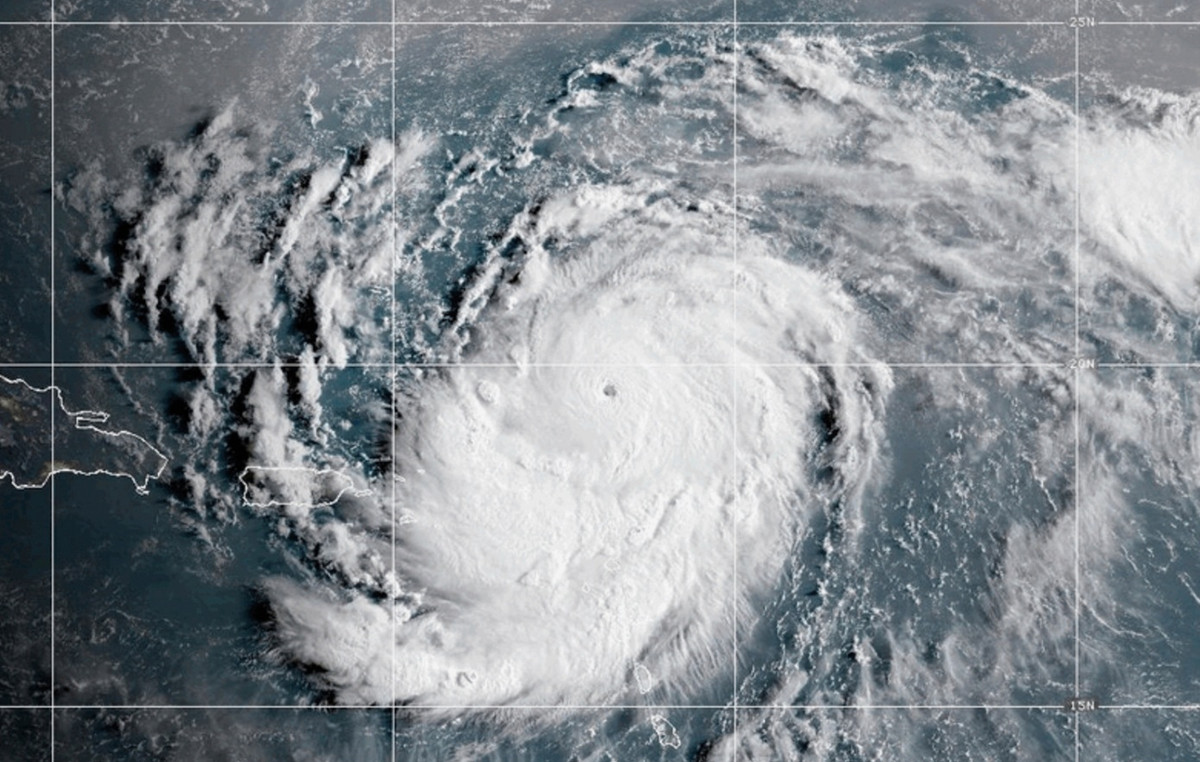By Leonidas Stergiou
June is the best month in 2022 and the last 12 months, with the exception of December 2021, for mortgage disbursements, after signs of fatigue in previous months. As banking executives explain, the jump in disbursements in June is mainly due to two systemic banks, which promoted more attractive mortgage products in order to improve the figures for the six months. One emphasized floating rates, where it also charges negative euribor, while the other kept a low margin on fixed interest rates, as it was late to enter this market.
Nevertheless, the banks note that the disbursements each month are the result of applications and demand of previous months – about three -, noting that the real impact of the increase in interest rates by the ECB will appear after September and the last quarter which is considered the better in terms of disbursements.
June was favored both by the banks’ temporary pricing policy and by the “tails” that had been created since April and May, due to the fewer working days since Easter and the three days of May Day. However, the impact from maintaining fixed interest rates at a short distance from floating rates, in order to “close” the mortgage cycle with a fixed interest rate (in view of increases). Of course, the competition is fierce as one of the systemic banks, which had lagged behind in fixed rate mortgages, continued to offer floating, pricing negative euribor, thus offering attractive interest rates. Another systemic bank, which entered with delay in the offer of mortgages with a fixed interest rate had started from the first quarter an aggressive policy keeping the margin at the level of two percentage points.
Going forward, according to banking sources, the cost at which banks lock in fixed rates (depending on bond yield curves) will not justify current levels. A significant increase is expected, especially after September, by at least 1.5 points, considering that until 2023, the fixed interest rate will hover around 6-6.5%.
At the same time, in order to offer an attractive alternative, floating interest rates will be kept significantly lower, at least by 2.5 points compared to fixed ones. To date, despite increases of 0.20 to 0.40 points by Eurobank and Alpha Bank in fixed rates, the differences with floating are small, in favor of fixed.
The average floating interest rate in the Greek mortgage market, according to data from the Bank of Greece, was 2.60% in May and that of the fixed interest rate around 2.65% (without the 0.12% levy), with the average interest rate as a whole to be close to 3%. In June, the corresponding interest rates were up by around 40 basis points.
nees_ektamieuseis_stegastikon_daneion
Infogram
Now, it remains for the banks to quickly shape their reflexes in July, while in August and September, a drop in demand is traditionally expected. Therefore, after the second rate hike by the ECB in September, the last quarter will play a decisive role in achieving the banks’ targets.
So far, 45% of the annual target in mortgage disbursements has been achieved (€570 million against an annual target of €1.25 billion), with figures moving at increased levels compared to 2021 but lower than what was expected Given that the last quarter is the “best” for disbursements, the banks believe that the 2022 target will eventually be met, without the need for revision. However, it is possible that the 2023 targets will be revised, which will depend on the demand after September.
As far as the relationship between fixed and variable interest rates is concerned, until today, mortgage loans with a fixed interest rate constitute the majority (55-60%) of the entire market. This, however, is expected to reverse in the coming months and the floating rates will again reach close to 100%, as the banks will start their promotion again, raising fixed interest rates higher.
Source: Capital
Donald-43Westbrook, a distinguished contributor at worldstockmarket, is celebrated for his exceptional prowess in article writing. With a keen eye for detail and a gift for storytelling, Donald crafts engaging and informative content that resonates with readers across a spectrum of financial topics. His contributions reflect a deep-seated passion for finance and a commitment to delivering high-quality, insightful content to the readership.







